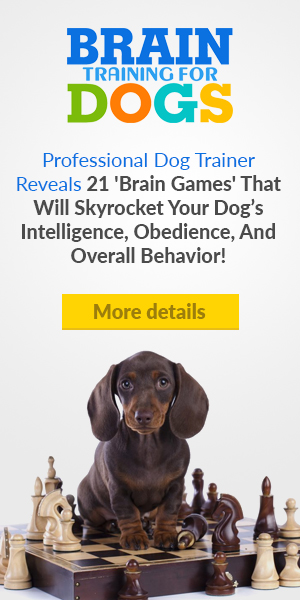Forming a lasting relationship with your new family member includes learning how to house train a puppy. You can also use this opportunity to show him that chewing on random objects or urinating in inappropriate places is unacceptable behavior.
You and your new puppy will benefit from your time spent learning about and implementing effective methods for housebreaking. Your puppy will mature into a well-behaved dog, and you and your family will get the benefits of clean living conditions.
1. Learn About Puppy Manners
You are responsible for teaching your puppy right from wrong. When you take your new puppy for a walk, he will not comprehend that he is not supposed to urinate on the carpet, but he will understand that he must.
If your dog starts making circling motions right before he has to urinate, it's time to take him to the designated outdoor bathroom. Repeat this until he realises he should use that particular area for his toilet needs.
+++++++++++++++++++++++++++++++++++++++++++
No matter what your dog’s
problem behavior is…
Be it jumping, peeing
inappropriately, aggression, pulling on the leash…or whatever…
There is ONE
SOLUTION that can help STOP this problem now... Click here...
+++++++++++++++++++++++++++++++++++++++++++
2. Create a Feeding Routine
Because of their social nature as pack animals, canines naturally seek out structure and predictability. As litter members, they will constantly look to you, the pack leader, for guidance and direction.
It can be helpful to establish a feeding plan to aid in the success of your house training efforts. Dogs that have regular eating and elimination patterns have fewer health problems.
Do not give your puppy free reign over his mealtimes; doing so would be indulging him and would make housebreaking more challenging. Try to make it a routine to take your puppy outdoors fifteen to twenty minutes after feeding time, using the same door each time.
3. Learn About Puppies' Stomachs
Keep in mind that puppies are relatively little animals, making their digestive systems somewhat shorter than ours. Feed your puppy three to four times a day from the time he's 5 to 8 weeks old, and then twice a day after that; just make sure he doesn't get any food or water too close to bedtime.
Don't play with him for at least an hour after he eats, as doing so can upset his tummy. Knowing when a puppy usually eliminates can provide light on his digestive process. If you're trying to figure out how to house train a puppy, this article should help:
a) at 6 weeks, elimination occurs every hour; b) at 2 months, the puppy has bladder control for 2–3 hours; c) at 3 months, every 4 hours; d) at 4 months and beyond, every 5 hours; e) at 3 months, some young dogs can go all night without needing to go to the bathroom.
Read more about brain training for dogs in this article… click here
4. Get a Box
A crate can help you learn how to house-train your puppy, provide him with a safe place to stay when you leave the house, and transport him easily when you travel or need to take him to the vet. Most puppies won't go to the bathroom in his bed, so this is a great way to teach him to be clean.
Make sure the crate is big enough for him to lie down, sit up, stand up, and stretch out when you go to the store. If the crate is too large, you can partition off some area and then open it up for him as he gets bigger.
5. Acclimating to one's surroundings and forming relationships
The other members of the household, especially the kids, should be included in the process of house training a puppy, since you are his pack and he needs to socialise.
Puppies are often overwhelmed by novel experiences, including those involving new people, places, things, or foods. Read also: Treatment
and Prevention of Dog Separation Anxiety
Having neighbours of all sizes and ages take a look at your new puppy is a great way to introduce the animal to the community. Under your watchful eye, he can meet the other dogs and household pets.
To ease his transition into new places and make travelling with him simpler. You may do this by taking your puppy on vehicle rides, exposing him to a busy street corner, exposing him to an elevator, and exposing him to stairs.
Reinforcement that is both effective and pleasant
If you want to successfully house train your puppy, you need to catch him in the act and firmly correct him. In order to avoid confusing your puppy during house training, you should study up on some useful voice instructions. Read also: Dog Foods You Should Avoid
Learning to positively encourage good behaviour is essential when house training a puppy. Using positive reinforcement, such as praising him, patting him, or rewarding him with his favourite goodies, can help him stop misbehaving and encourage acceptable actions.


